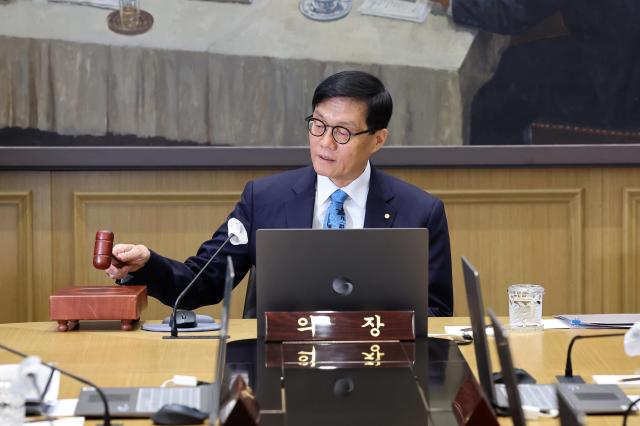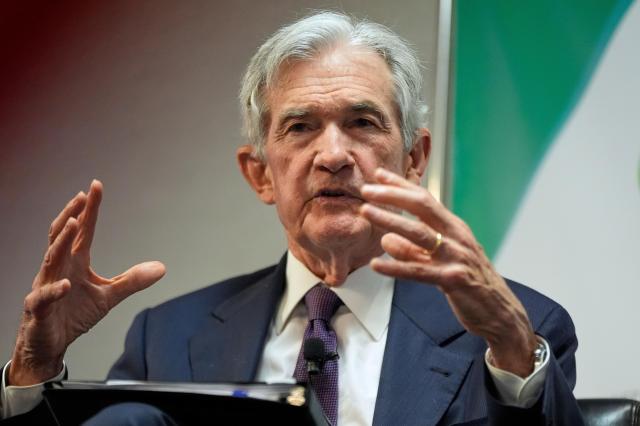
The decision comes as central banks around the world grapple with intensifying economic turbulence, fueled in part by an escalation in global trade tensions.
The U.S. Federal Reserve earlier this week signaled a pause in its easing cycle, underscoring the fragile international outlook as the Trump administration’s sweeping tariffs ripple through global markets.
"The Monetary Policy Committee decided to maintain the base rate at the current level of 2.75 percent for the conduct of monetary policy until the next monetary policy decision," the BOK said in a statement.
While inflation remains stable, policymakers flagged increasing downside risks to growth, citing a sluggish first quarter and a deteriorating external trade environment. The central bank noted that uncertainties stemming from shifting U.S. tariff policies and an unresolved supplementary budget have added to the complexity of its policy calculus.
The rate decision follows a series of easing measures by the BOK, which lowered the base rate by 0.25 percentage points in both October and November last year — its first consecutive cuts since the global financial crisis. After holding steady in January, the bank delivered another quarter-point cut in February, reflecting persistent concerns over anemic growth.
South Korea’s economy expanded by just 0.1 percent in the final quarter of 2024, as domestic demand faltered and external risks intensified. The central bank had initially projected growth of 1.5 percent for 2025, but officials now acknowledge the outlook may be downgraded amid deepening global headwinds.
Economists say the BOK may resume rate cuts as early as next month, should the currency stabilize and macroeconomic conditions continue to worsen.
“The BOK’s economic growth forecast is also expected to be significantly downgraded in May, at which point the benchmark rate will likely be lowered,” said Park Jeong-woo, an economist at Nomura Securities.
Copyright ⓒ Aju Press All rights reserved.





View more comments